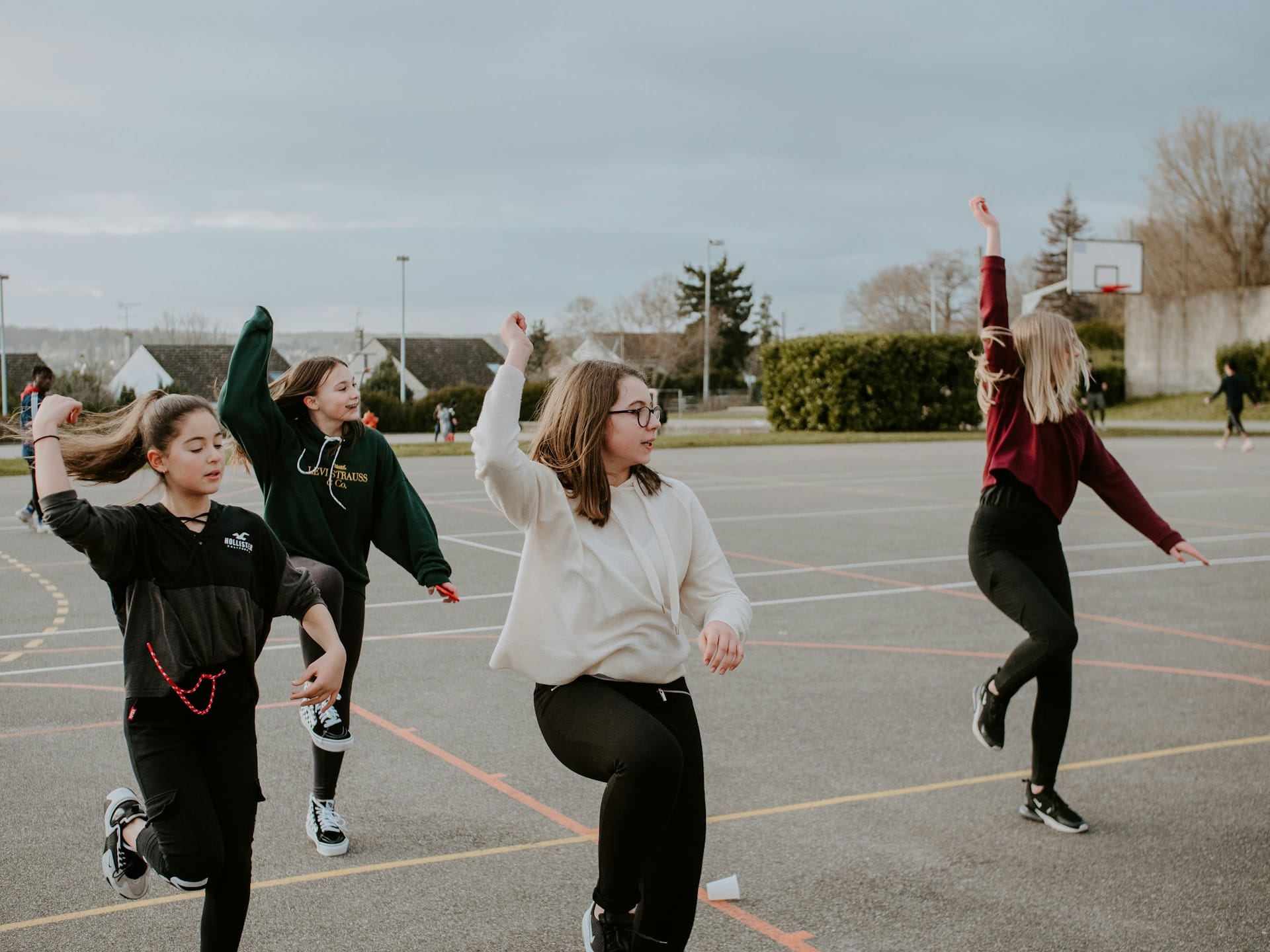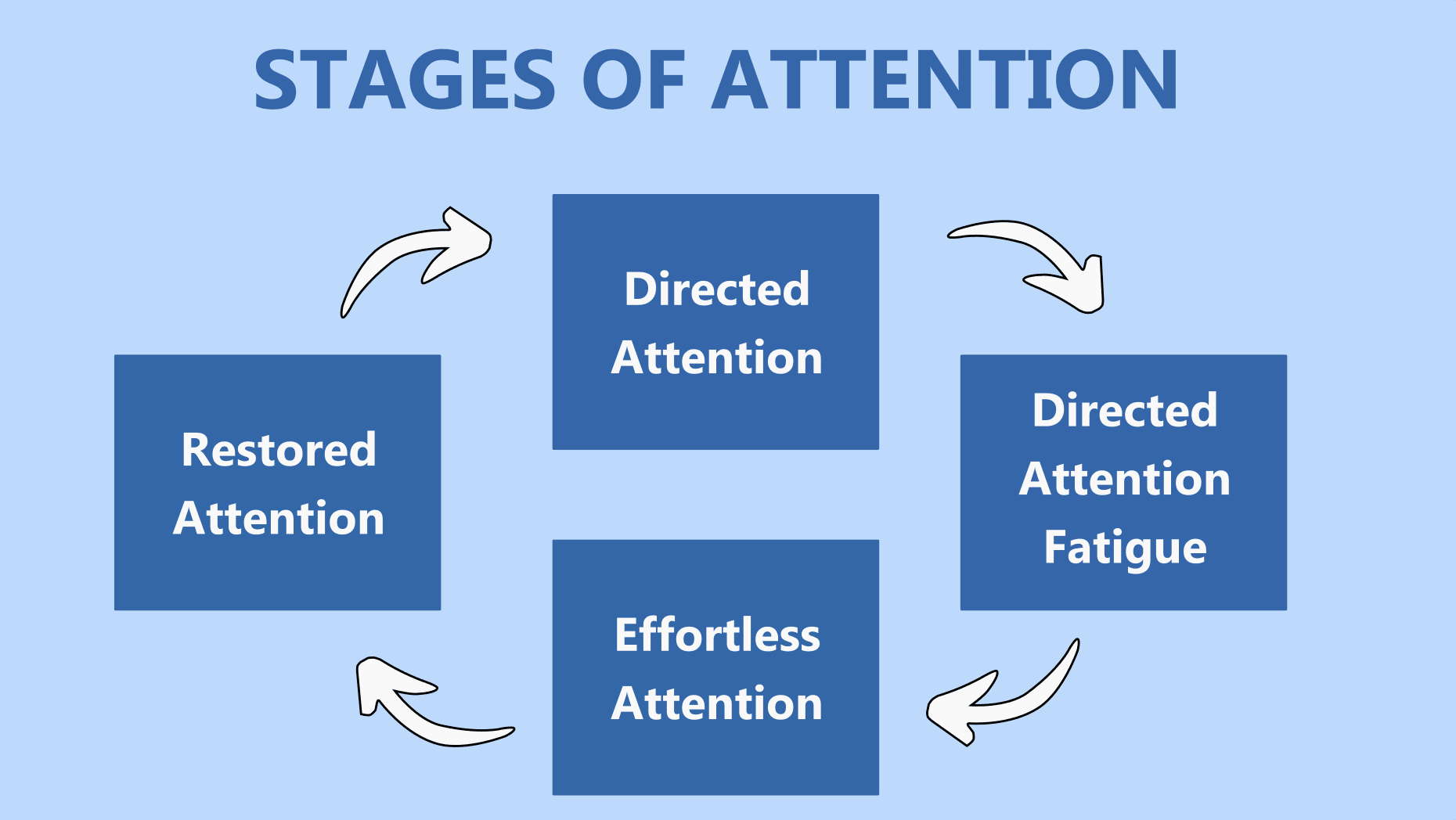Effects of recess and physical activity breaks on attention and learning
In the pursuit of educational excellence, we often prioritize rigorous academic instruction while underestimating the impact of play.

In the pursuit of educational excellence, we often prioritize rigorous academic instruction while underestimating the impact of play. However, from a scientific standpoint, recess and physical activity breaks are more than moments of respite; they are catalysts for optimizing attention and enhancing learning. In this article, we discuss the research findings on the effects of recess and physical activity breaks on attention and learning.
💡 Lessons learnt: Taking a break can lead to breakthroughs.
The Science Behind Recess and Physical Activity Breaks
The human brain is a complex organ, and just like any other muscle, it needs active engagement in physical activities to function optimally. Studies have shown that physical activity stimulates the release of endorphins, neurotransmitters responsible for boosting mood, reducing stress, and increasing overall cognitive function. Engaging in physical activity increases blood flow to the brain, delivering crucial oxygen and nutrients necessary for optimal cognitive performance.
Studies has shown that regular physical activity improves memory, problem-solving skills, and creativity. The brain releases neurochemicals like dopamine and norepinephrine, which are associated with improved cognitive function. Physical activity also stimulates the production of brain-derived neurotrophic factor (BDNF), a protein that promotes the growth of new neurons and strengthens existing connections in the brain, leading to improved learning and memory retention.
Attention Restoration Theory
Attention Restoration Theory (ART), proposed by Kaplan in 1989 and 1995, suggests that spending time in nature or simply looking at natural surroundings can help improve mental fatigue and concentration.
According to ART, our brains have two types of attention: directed and involuntary attention. Directed attention is the conscious effort we exert when focusing on a task, while involuntary attention is the effortless, automatic attention we experience when encountering something captivating or intriguing. Our brain has a limited ability to focus on a specific task, leading to a state called 'directed attention fatigue'.
Directed attention, which is heavily utilized during classroom learning, can become fatigued over time, leading to decreased performance and increased distractibility. Being in natural environments can promote easier brain functioning, allowing it to recharge and restore its ability to concentrate on tasks. Engaging in physical activity during recess acts as a mental respite, allowing the brain's directed attention to recharge. This rejuvenation of attention allows students to return to the classroom refreshed and better able to concentrate on academic tasks.

Social and Emotional Benefits
Beyond the cognitive advantages, recess and physical activity breaks provide vital opportunities for social interaction and emotional development. Playtime fosters teamwork, cooperation, and conflict-resolution skills, helping students build healthy relationships with their peers. Students learn to communicate effectively, negotiate, and collaborate, skills that are transferable to various aspects of life. Moreover, physical activity releases endorphins, which can boost mood and reduce anxiety, promoting a positive emotional state that facilitates learning.
Case Studies - What researchers have found
Several studies have shown that physical activity can positively impact a child's ability to pay attention and learn. A study conducted by Hillman et al. (2009) found that children who engaged in a 20-minute bout of moderate-intensity physical activity had improved cognitive performance, including attention and working memory.
Another study by Donnelly et al. (2016) found that physical activity breaks during the school day improved attention and on-task behavior in children. The study involved 24 elementary schools, and researchers found that students who received physical activity breaks had 20% higher reading comprehension scores and 10% higher math scores than students who did not receive breaks.
Barros et al. (2009) also found that children who had more than 15 minutes of recess per day had better classroom behavior and were more engaged in academic work than children who had less than 15 minutes of recess. Another study by Pellegrini and Bohn (2005) found that recess provided children with an opportunity to practice social skills and develop friendships.
Recess can also have a positive impact on a child's mental health. A study conducted by Jarrett et al. (2015) found that recess reduced stress and improved mood in children. Recess provides children with a break from academic work, which can reduce anxiety and improve overall well-being.

Adiutor
Adiutor means "helper" - we do just that, by taking a load of your school administration and helping you focus on what matters most: the kids.
References
Barros, R. M. L., Silver, E. J., & Stein, R. E. K. (2009). School recess and group classroom behavior.
Best, J. R., Theim, K. R., Russo, M. R., & Jarratt, K. P. (2014). Developing inhibitory control in preschool children through outdoor play.
Donnelly, J. E., Hillman, C. H., Greene, J. L., Hansen, D. M., Gibson, C. A., Sullivan, D. K., & Poggio, J. (2016). Physical activity and academic achievement across the curriculum (A2E2) a 3-year cluster randomized trial.
Hillman, C. H., Pontifex, M. B., Raine, L. B., Castelli, D. M., Hall, E. E., & Kramer, A. F. (2009). The effect of acute treadmill walking on cognitive control and academic achievement in preadolescent children. Neuroscience.
Jarrett, O. S., Maxwell, D. M., Dickerson, C., Hoge, P., Davies, G., & Yetley, A. (2015). Impact of recess on classroom behavior: Group effects and individual differences. Journal of Educational Psychology,
Pellegrini, A. D., & Bohn, C. M. (2005). positively impact. Educational Researcher, 34(1), 13-19.
